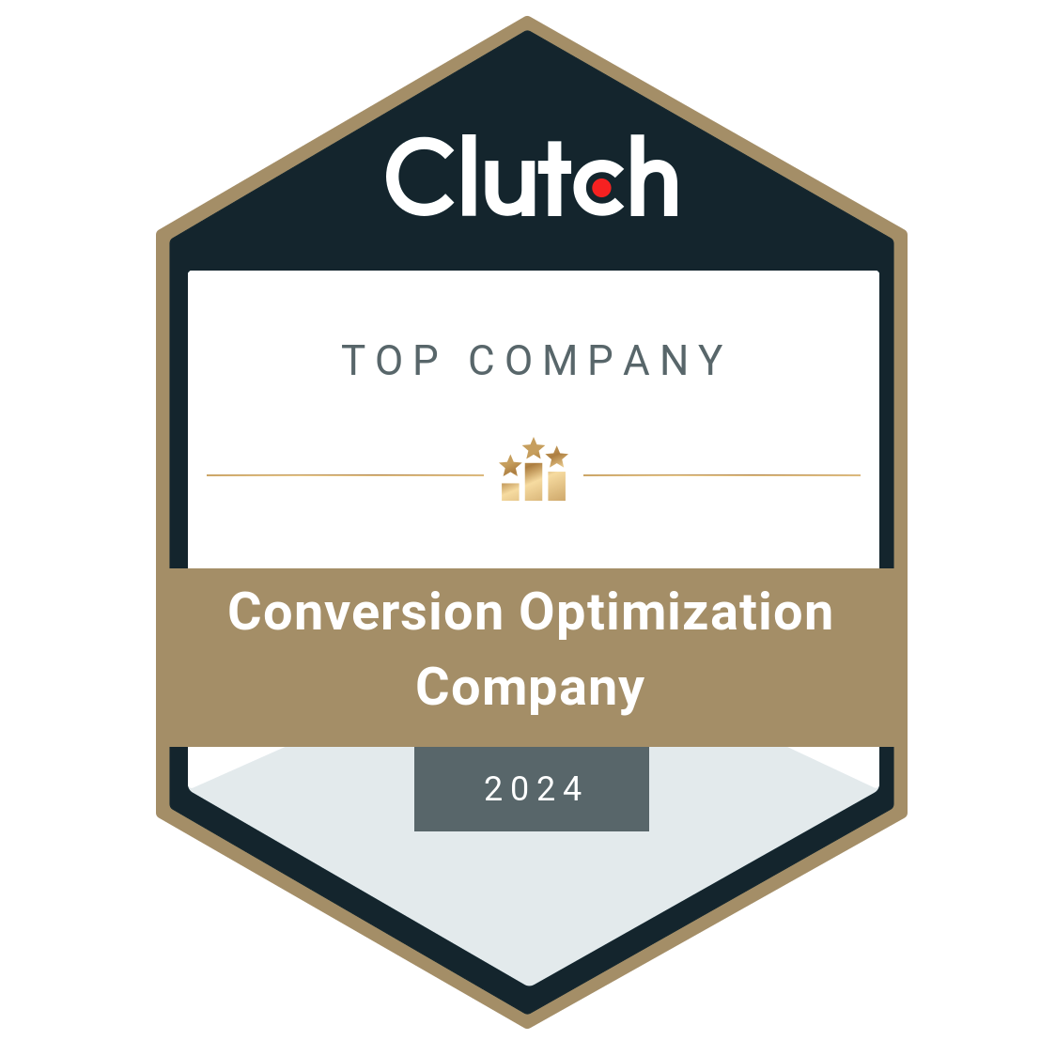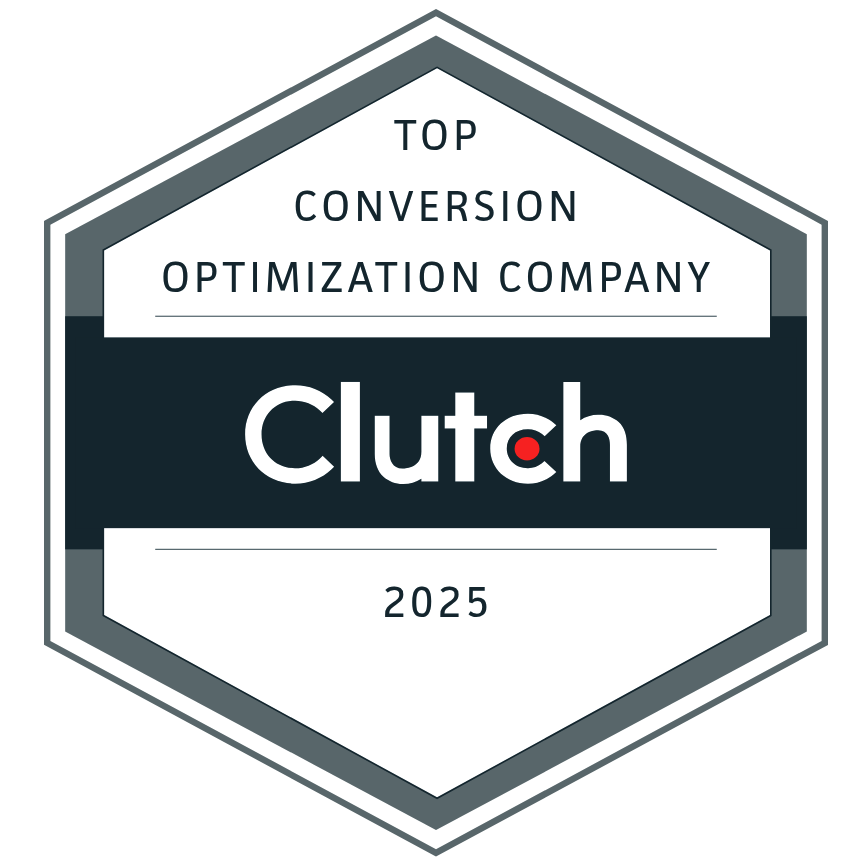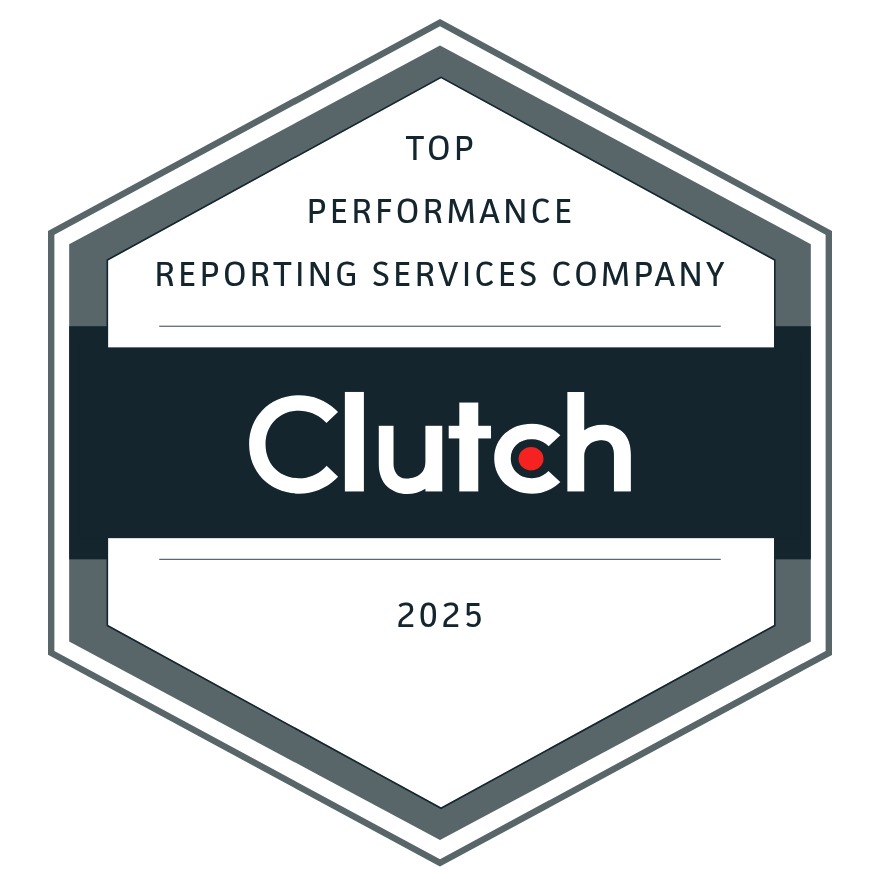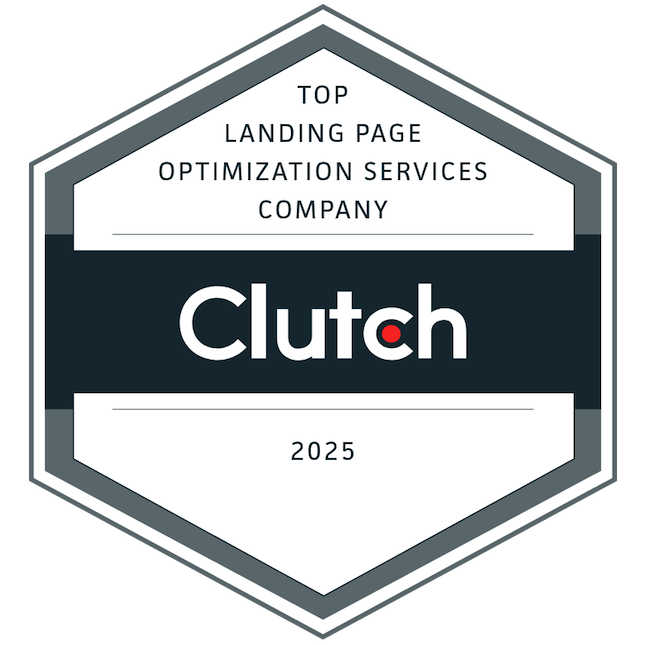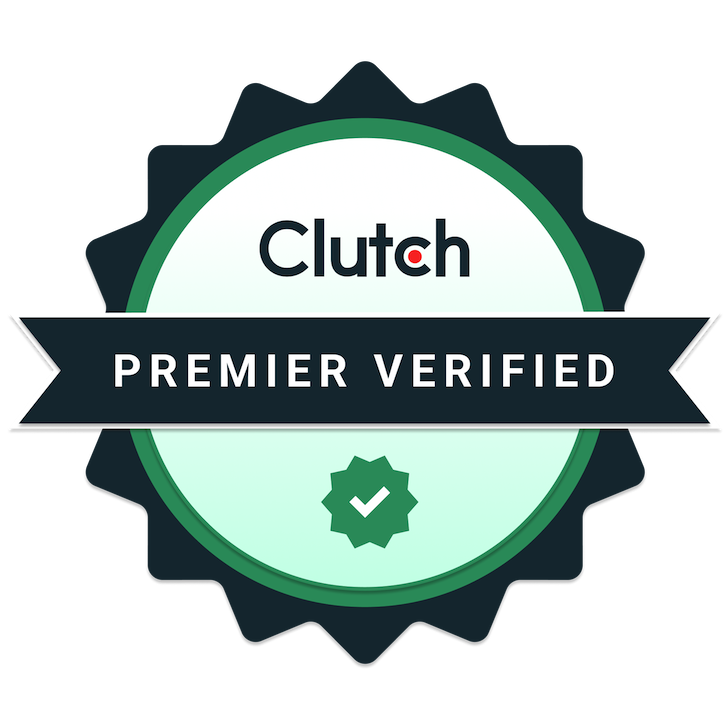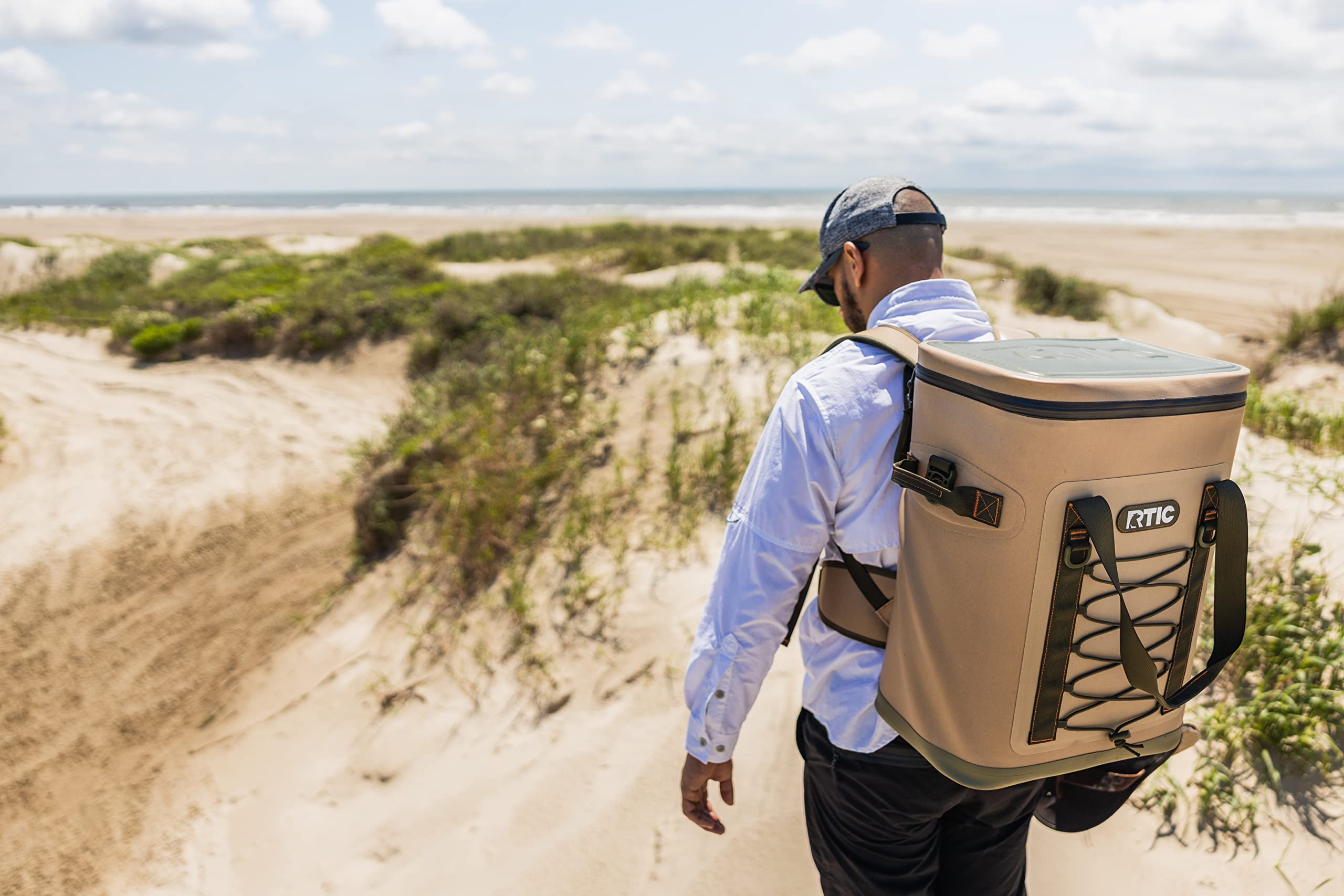Ask a CRO Expert: Why Your Most Expensive Traffic Underperforms (and 3 fixes to lift ROAS without more ad spend)
Paying for premium clicks but seeing low conversions? Discover why expensive traffic underperforms and 3 proven CRO fixes to boost ROAS—without increasing ad spend.
TL;DR: Expensive clicks underperform when the post‑click experience doesn’t match intent, adds friction, or lacks trust. Fix it in this order:
- Message match: Mirror the ad’s promise in the H1, hero, and first CTA. Kill dead words. One action above the fold.
- Friction: Remove non‑required fields, clarify errors inline, shrink steps, and get LCP under 2.5s on mobile.
- Trust: Place specific testimonials near the CTA, show guarantees/returns, and surface recognizable logos/ratings.
Ask most marketers where their budget is going, and you’ll hear the same answer: paid traffic. High-intent keywords. Retargeting campaigns. Lookalike audiences.
But here’s the catch: all that money doesn’t necessarily mean high performance. Visitors click through with interest, yet too many leave without converting. The cost per click goes up, the cost per acquisition spikes, and the return on ad spend starts to look shaky.
If that sounds familiar, you’re not alone. It’s one of the most common patterns we see in CRO audits.
1. Why High-Cost Traffic Fails to Deliver
Your priciest visitors are often the most ready to act. They’ve searched the bottom-of-funnel keywords, clicked your highest-bid campaigns, or landed from a targeted retargeting ad. But too many companies stop optimizing once the click happens.
That’s where the disconnect begins. If your landing pages aren’t built for clarity, trust, and ease of action, the visitor experience collapses, and your budget goes with it.
2. The Real Cost of Ignoring Post-Click Friction
When high-cost traffic doesn’t convert, the financial hit is severe. Paid search and social campaigns can quickly become profit sinks if you’re essentially paying for visitors to bounce.
Every drop-off raises your CAC and lowers your LTV. It also makes your analytics meetings absolutely awful.
3. Three CRO Fixes That Unlock ROI Fast
1. Optimize Landing Pages for Intent
You wouldn’t believe how often we see expensive ads clicks land on pages that haven’t been revamped for years. All that money spent, with no alignment between the ad and the landing page.
High-cost clicks usually signal high intent. If the page they land on doesn’t match that intent, you’re wasting money. Tighten message match, simplify CTAs, and align copy with the ad promise.
2. Reduce Friction in Key Flows
Do a conversion audit of your forms, checkout, and sign-up funnels. Every unnecessary field, unclear instruction, or delayed load time is a reason for an expensive visitor to leave. Streamlining those flows often produces the fastest ROI lift.
3. Build Trust Where It Matters Most
Paid traffic often comes from people who don’t know you yet. Missing testimonials, weak guarantees, or lack of social proof can kill conversions. Adding the right credibility signals can flip hesitation into action.
4. Final Thought: Stop Paying for Leaks
If your most expensive traffic isn’t converting, don’t assume the answer is to buy more of it. The smarter move is plugging the leaks with CRO.
Because when every click costs more, every conversion saved counts even more.
Answers to Frequently Asked Questions
Struggling with high-cost traffic that fails to convert? This FAQ section addresses common concerns about optimizing your landing pages and reducing friction to enhance return on ad spend (ROAS) without increasing your budget.



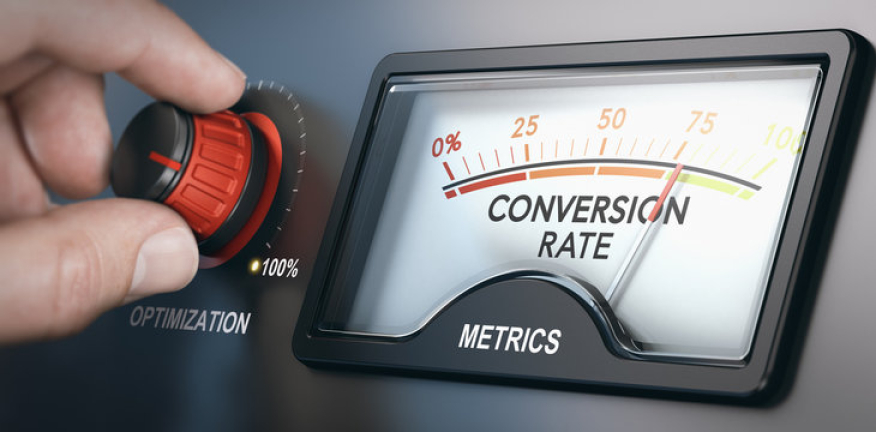
.avif)
